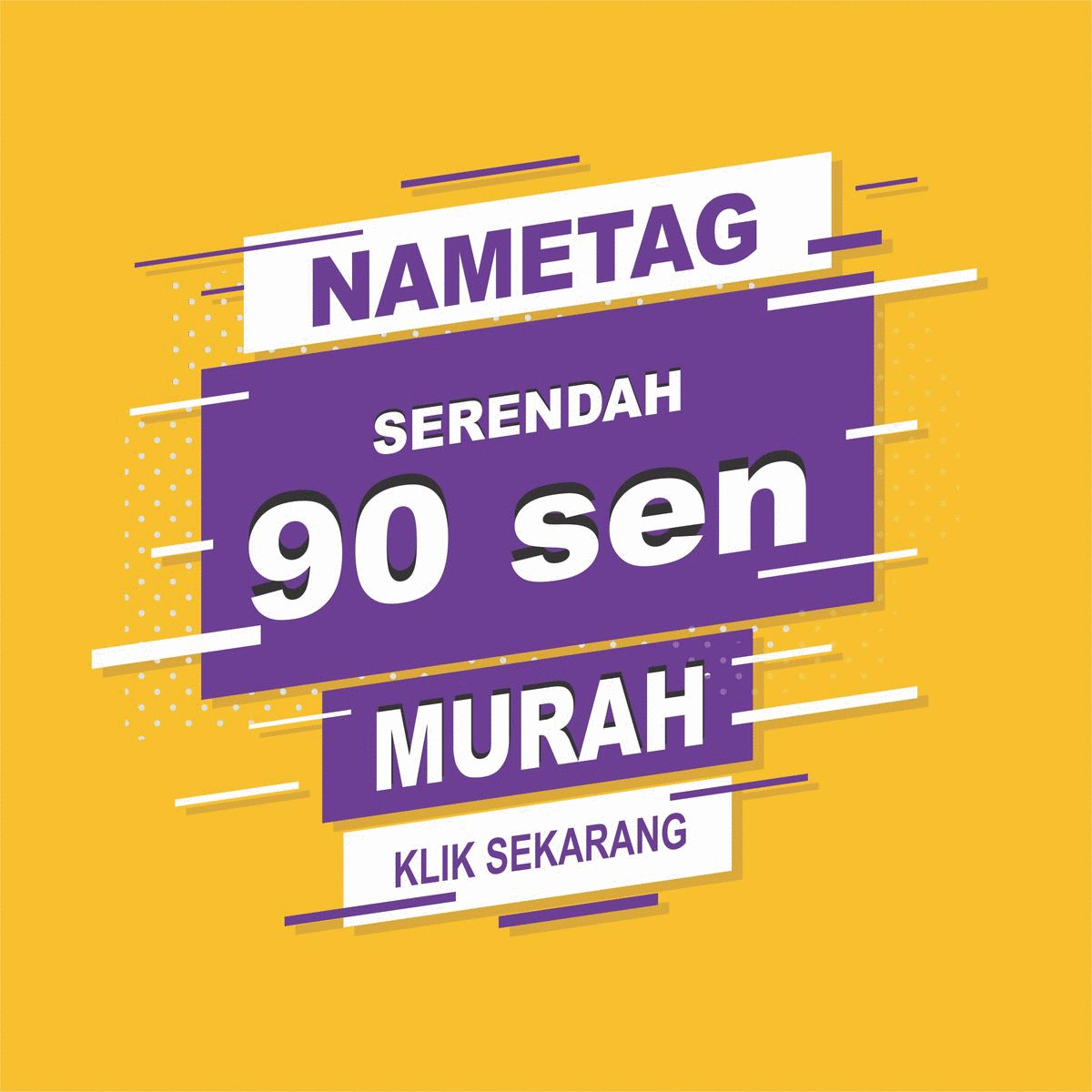When it comes to customizing apparel with your company logo or design, there are two main methods to consider: shirt printing and embroidery. While both methods can produce high-quality results, the processes for designing and preparing your logo for each method are quite different.

When designing a logo for shirt printing, you create a design that can be printed onto the fabric of a shirt. This process involves creating a digital file of your design that can be sent to a printer and applied to the shirt using various printing techniques such as screen printing or direct-to-garment printing.
Receive Order → Prepare Design → Print T-Shirt → Quality Check → Package and Ship- Receive Order: Receive an order from a customer for a designer printed t-shirt, including details such as the design, size, and quantity.
- Prepare Design: Prepare the design for printing by creating a digital file of the design that can be sent to the printer.
- Print T-Shirt: Print the design onto the t-shirt using the appropriate printing technique (e.g., screen printing or direct-to-garment printing).
- Quality Check: Check the printed t-shirt for quality to ensure that the design is correctly applied and that there are no defects.
- Package and Ship: Package the printed t-shirt and ship it to the customer or hand it out directly if the customer is picking it up in person.
On the other hand, when digitizing a logo for embroidery, you need to convert the design into a format that an embroidery machine can read and use to sew the design directly into the fabric of a garment or other item. Embroidery machines are not able to read the same types of files as your computer can, so you have to digitize your logo in a way that the machines can understand before they can do their job. From a digitizer’s perspective, that usually means taking a JPG or PNG file of a customer’s company logo or artwork and converting into an embroidery file.
Receive Order → Digitize Design → Embroider Garment → Quality Check → Package and Ship- Receive Order: Receive an order from a customer for an embroidered garment, including details such as the design, size, and quantity.
- Digitize Design: Digitize the design by converting it into a format that an embroidery machine can read and use to stitch the design directly onto the fabric of the garment or other item.
- Embroider Garment: Embroider the design onto the garment using an embroidery machine.
- Quality Check: Check the embroidered garment for quality to ensure that the design is correctly applied and that there are no defects.
- Package and Ship: Package the embroidered garment and ship it to the customer or hand it out directly if the customer is picking it up in person.
Both methods have their advantages and disadvantages. Shirt printing allows for more detailed and colorful designs, while embroidery provides a more professional and durable result. Ultimately, the choice between the two methods will depend on your specific needs and preferences.


